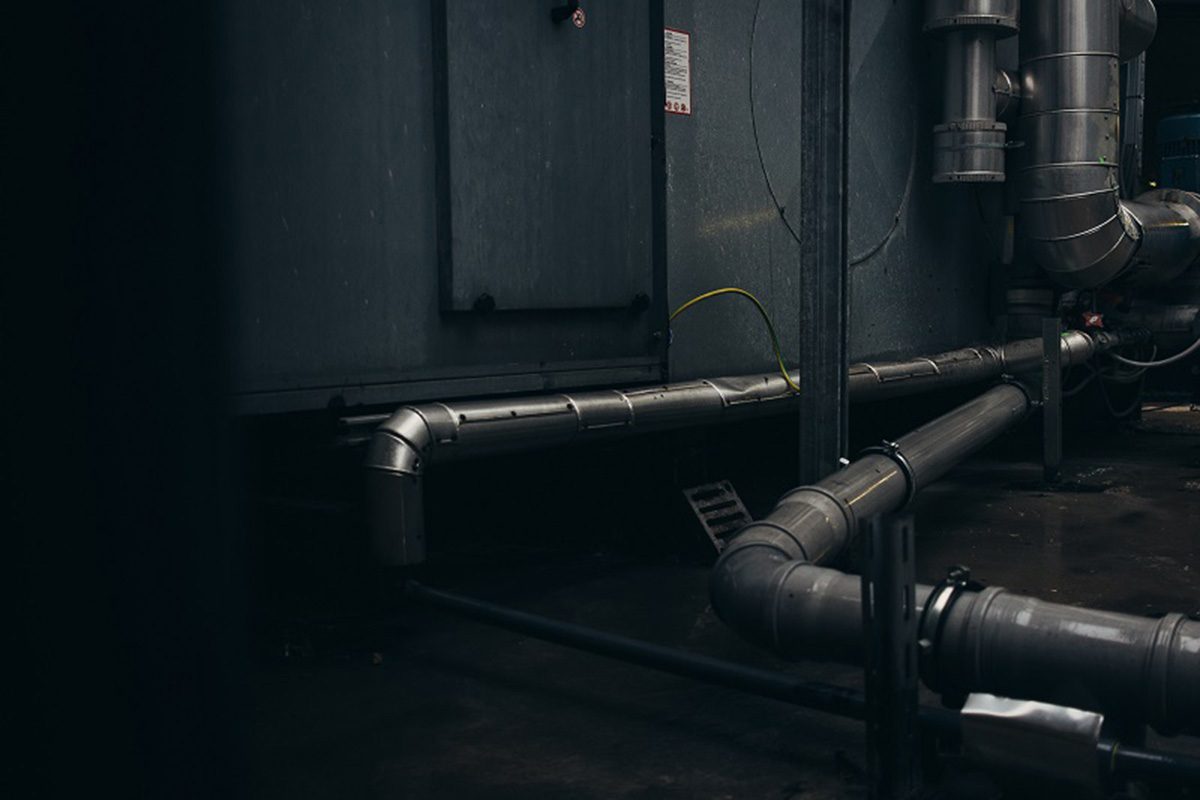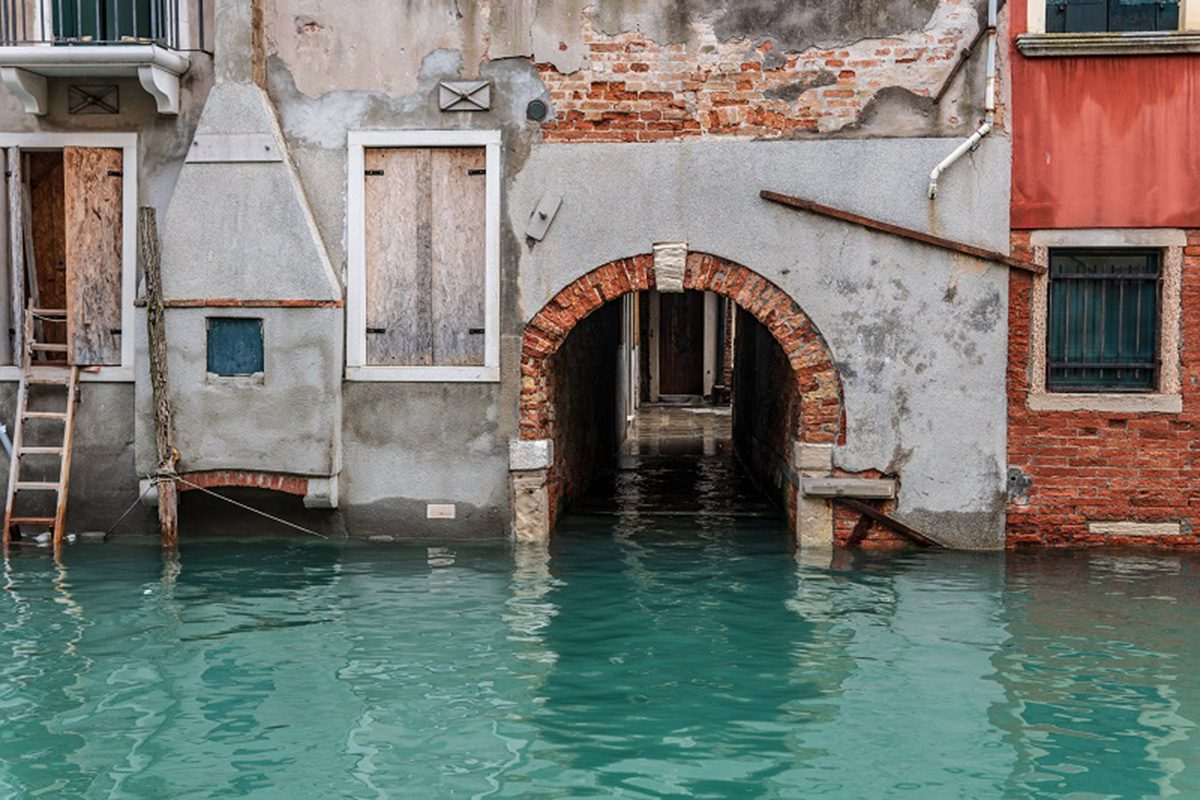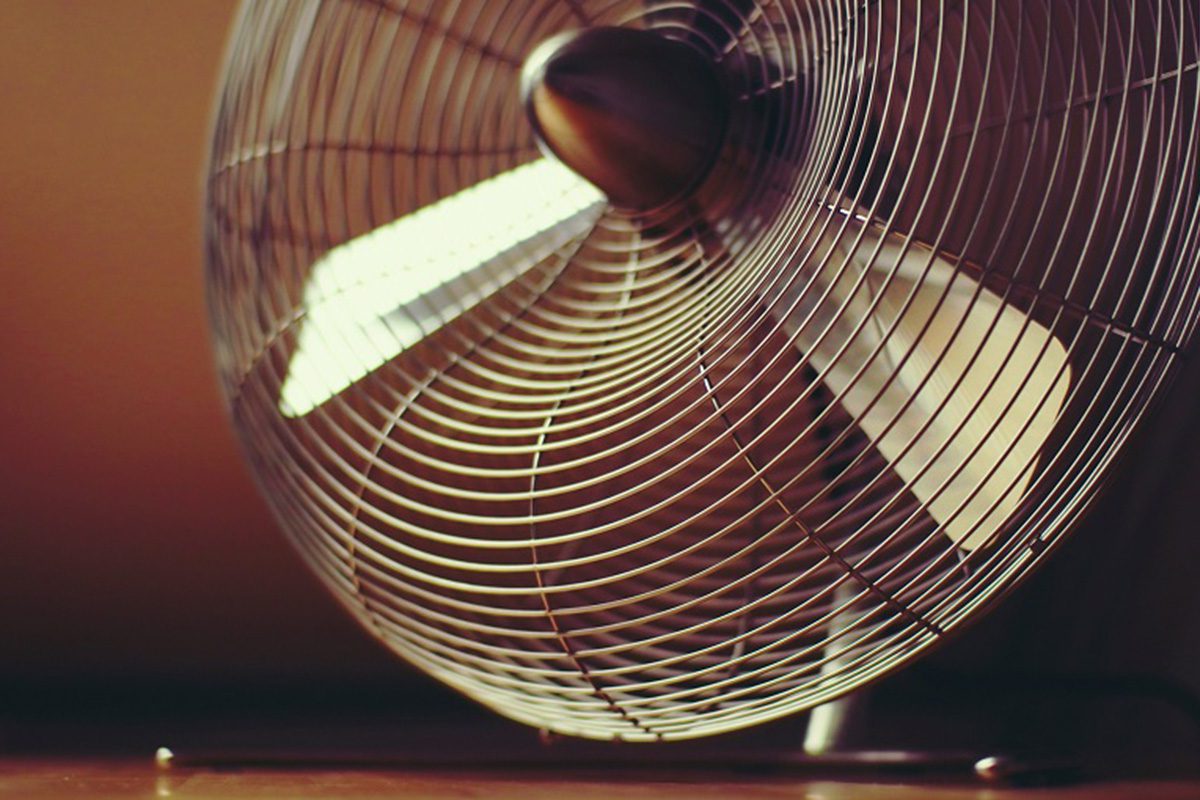
Water damage creates a significant mold risk in your home. The extent of the damage isn’t always important. Both small leaks and widespread floods establish favorable conditions for mold spores.
Mold growth carries health risks and may damage your home. That’s why it’s important to act quickly. Timely intervention can save you from later solutions that are costlier in terms of health and expenses.
Take the steps to counter the proliferation of mold colonies. In this article, we’ll go over the four major reasons you should do a professional mold inspection after water damage.
1. There might be mold in your HVAC system
The risk of mold colonies residing in your HVAC system is the greatest after major flooding. As the waters intruded your home, the dirty water could have entered the HVAC system. This water may contain bacteria and mold spores.
It’s very hard to assess the complete HVAC situation by yourself. You are better off seeking expert intervention. Usually, the system is opened, and the individual parts receive a thorough cleaning. Sometimes a full disinfection process is due because the floodwaters compromise the HVAC system.

2. Mold creates an unpleasant odor
Mold growth produces a specific smell that is very unpleasant. Sometimes it may be hard to trace the exact spot where the odor is coming from. Many homeowners face the issue of hidden mold growth after water damage.
Even if the mold is out of plain sight you could still sense the musty smell. A professional mold inspector can use his expertise and tools to find out where the odor is coming from. Then it’s possible to follow up and completely remove the mold growth.

3. Mold is a health hazard
Not all mold strains pose a health risk. But some types of mold can cause a variety of health ailments.
That’s why getting your home checked for mold growth after water damage isn’t only an aesthetic issue. There are groups of people at a particularly high risk of confronting health issues:
- People with a compromised immune system
- Infants and small children
- The elderly people
- Pregnant women
- People with chronic respiratory conditions, including asthma and various allergies
Mold could cause adverse health effects even in people who don’t belong to any of the risk groups. Take a look at the following list of potential symptoms caused by chronic exposure to mold spores:
- Runny or stuffy nasal passages
- Watery eyes
- Coughing
- Lung infections
- Postnasal drip
- Sneezing
- Hoarseness
- Chronic tiredness
4. Visibly damaged aesthetics
Sometimes mold is growing without any visible signs. Still, as the colony expands, you might start seeing unpleasant signs of mold growth. In addition to becoming a health risk, the visible mold impacts your home’s aesthetics.
This is a big concern when you are trying to sell your home or there are guests invited in the near future. Getting a professional mold inspection diminishes the chance of inviting someone to an unattractive home.
How does mold grow?
Mold spores are everywhere. Professionals can take appropriate steps to remove the expanding mold colonies. As a result, you can enjoy a home without bad smell, unsightly mold growth, and health ailments.
Although mold spores are far and wide, active growth rests on moisture. Any indoor mold expansion signifies the presence of excess humidity and water. This process could take place in many areas of your home such as:
- Behind drywall
- On visible surfaces throughout your home
- Attics and crawlspaces
- On or under your carpets

What can you do before the inspector arrives?
Water damage calls for urgent action. You don’t want to wait for too long because the mold may start growing within 24-48 hours after the leak or flooding.
However, it’s likely that you wouldn’t see any visible growth before a few weeks pass. As a homeowner, you benefit from getting the inspection done as soon as possible. Seeing clear signs of mold means that there’s already a significant expansion underway.

Here are some of the things you can do prior to the mold inspection:
- Throw away soaked drywall and fiberglass.
- Open all your windows for proper ventilation that speeds up the drying process.
- Discard affected porous materials because these tend to house mold spores.
- Use the power of fans, dehumidifiers, and heaters to dry your home.
- Check tight spaces for trapped water and moisture.
- Always wear protection, such as rubber gloves and goggles, in case of dealing with flood damage.
- Find any damp areas? Clean, disinfect, and dry these surfaces.
Did the water entering your home contain any sewage? The best course of action is to call for immediate professional intervention. Water mixed with sewage carries additional health risks besides mold.
The bottom line: doing a mold inspection after water damage
Water damage won’t only affect your home’s structure and personal belongings inside. After clearing the water, the damaged areas could harbor mold.
Living in a mold-infested home carries significant health risks. Some groups of people are at higher risk of health ailments. This includes pregnant women and immunocompromised patients. Doing a mold inspection after water damage is the smartest decision.
Here are the main reasons for calling an expert:
- DIY steps are important after flooding or leaks, but it isn’t enough to ensure a mold-free home.
- Mold is a significant health hazard.
- Even your HVAC system could harbor mold colonies.
- The associated sights and smells are unpleasant.
